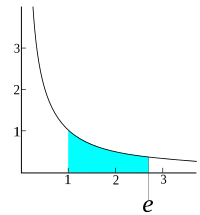
Photo from wikipedia
Myotonic dystrophy (DM) is an autosomal dominant genetic disorder characterized by both muscle dystrophy and myotonia along with involvement of other systems such as the central nervous system (CNS), eye,… Click to show full abstract
Myotonic dystrophy (DM) is an autosomal dominant genetic disorder characterized by both muscle dystrophy and myotonia along with involvement of other systems such as the central nervous system (CNS), eye, heart, and endocrine system. There are two major forms of myotonic dystrophy – type 1 (DM1) and the milder form type 2 (DM2). Weakness in distal muscles is generally more prominent in DM1, whereas proximal muscle involvement is the main disability in DM2.[1] DM1 is caused by a (CTG) n micro‐satellite repeat expansion in the untranslated 3′ region of the dystrophin myotonin protein kinase (DMPK) gene in chromosome 19q13.3, whereas DM2 is because of a (CCTG) n expansion in intron 1 of the nucleic acid‐binding protein (CNBP) gene in chromosome 3q21.3. Here, we present a genetically proven case of DM1, with early proximal muscle involvement along with Parkinsonian features.
Journal Title: Annals of Indian Academy of Neurology
Year Published: 2023
Link to full text (if available)
Share on Social Media: Sign Up to like & get
recommendations!